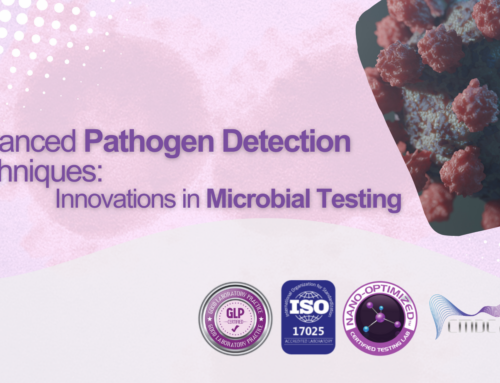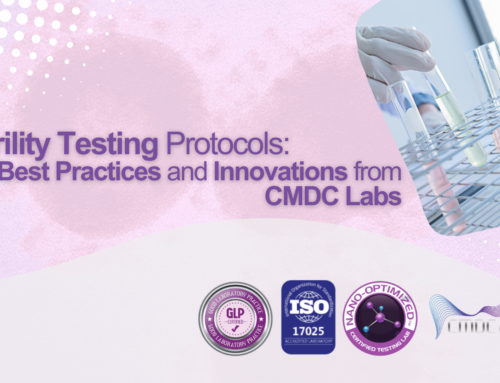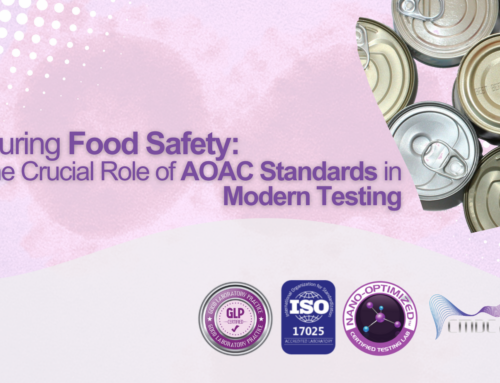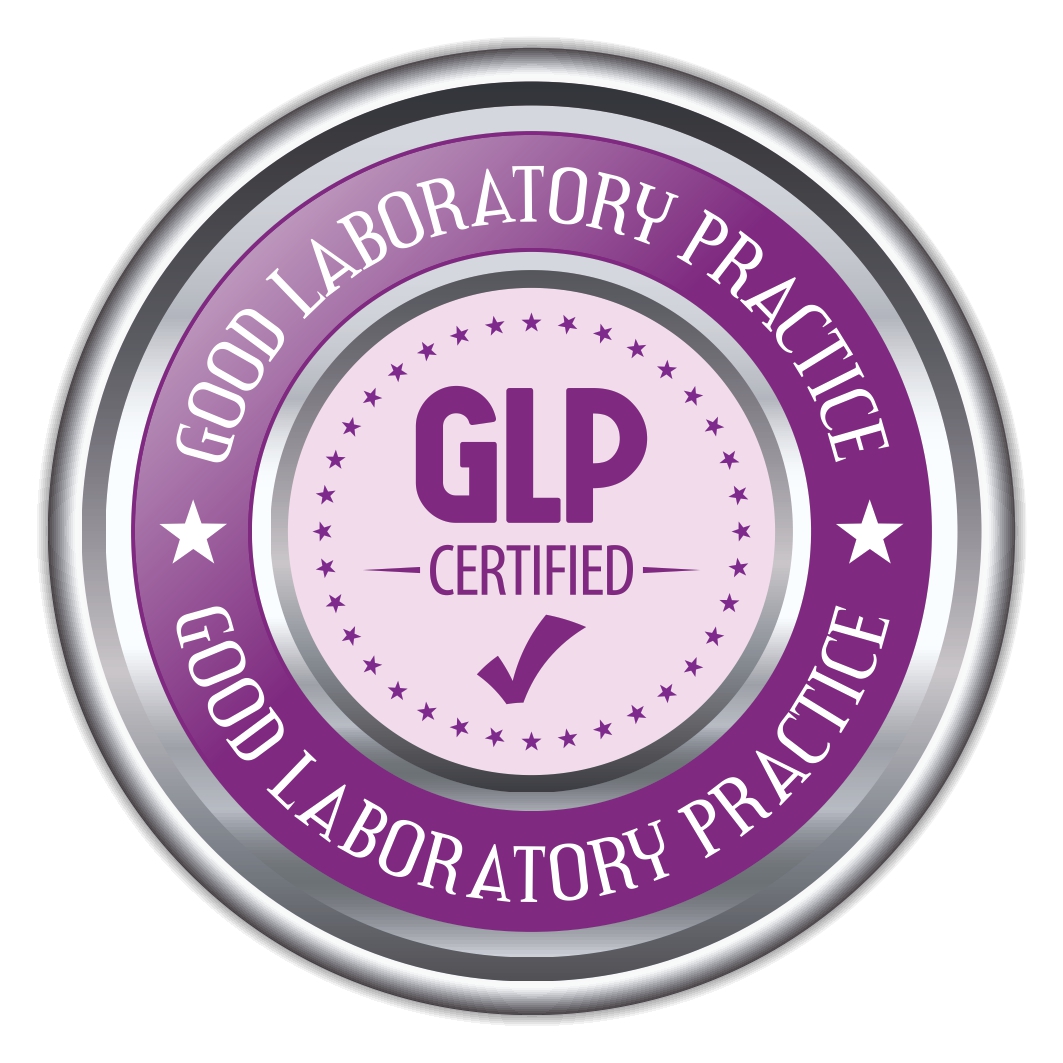Sterility testing is a cornerstone of pharmaceutical and medical device quality assurance. It ensures that products intended for sterile use are free from viable microorganisms, thereby safeguarding patient health. The United States Pharmacopeia (USP) <71> provides guidelines for sterility testing. Recent revisions to these guidelines have significant implications for the industry. This article explores the key changes in USP<71>, their rationale, and the broader impact on the pharmaceutical and medical device sectors.
Understanding USP<71>
USP<71> outlines the methods for sterility testing of pharmaceutical products, including the types of tests to be performed, the procedures for sample handling, and the criteria for test validation. It covers a variety of product types, including injectables, ophthalmic solutions, and medical devices, and sets the standard for ensuring their sterility.
Key Revisions in USP<71>
The recent revisions to USP<71> are aimed at enhancing the accuracy, reliability, and efficiency of sterility testing. Here are some of the most significant changes:
- Enhanced Sample Size Requirements: The revised guidelines have updated the sample size requirements for sterility testing, reflecting a more statistically robust approach. This change is designed to improve the detection of potential contaminants.
- Streamlined Test Procedures: The revisions include streamlined procedures for sterility testing, which are intended to reduce the risk of false positives and negatives. These procedural updates also aim to simplify the workflow for laboratory technicians.
- Improved Validation Protocols: New validation protocols have been introduced to ensure the reliability and reproducibility of sterility tests. These protocols include more stringent criteria for test validation, including the use of positive and negative controls.
- Advanced Detection Methods: The incorporation of advanced detection methods, such as rapid microbiological methods (RMM), is encouraged in the revised USP<71>. These methods can significantly reduce the time required for sterility testing without compromising accuracy.
- Environmental Monitoring Integration: The revisions emphasize the importance of integrating environmental monitoring data with sterility test results. This holistic approach helps in identifying potential contamination sources and improving overall product safety.
Rationale Behind the Revisions
The revisions to USP<71> are driven by several factors, including technological advancements, regulatory expectations, and industry feedback. Key motivations include:
- Technological Advancements: The pharmaceutical and medical device industries have seen significant advancements in microbiological detection technologies. The revised USP<71> guidelines leverage these technologies to enhance test accuracy and efficiency.
- Regulatory Expectations: Regulatory agencies, including the FDA, have increasingly stringent expectations for sterility assurance. The updated guidelines align with these expectations, ensuring that products meet the highest standards of safety.
- Industry Feedback: Feedback from industry stakeholders highlighted the need for more practical and efficient sterility testing procedures. The revisions address these concerns, making the guidelines more user-friendly while maintaining rigorous standards.
Impact on the Pharmaceutical and Medical Device Industries
The revisions to USP<71> have far-reaching implications for the pharmaceutical and medical device industries. Here are some of the key impacts:
- Improved Product Safety: By enhancing the accuracy and reliability of sterility testing, the revised guidelines contribute to improved product safety. This is crucial for patient health, particularly for products intended for sterile use.
- Operational Efficiency: The streamlined procedures and incorporation of rapid detection methods can lead to increased operational efficiency. Laboratories can conduct sterility tests more quickly and accurately, reducing turnaround times and costs.
- Regulatory Compliance: Adherence to the updated USP<71> guidelines ensures compliance with regulatory requirements. This can facilitate smoother regulatory submissions and inspections, reducing the risk of delays and non-compliance penalties.
- Technological Integration: The emphasis on advanced detection methods encourages the adoption of new technologies in sterility testing. This can drive innovation in laboratory practices and improve overall testing capabilities.
- Holistic Quality Assurance: The integration of environmental monitoring data with sterility test results promotes a more holistic approach to quality assurance. This can help identify and mitigate potential contamination risks more effectively.
Conclusion
The revisions to USP<71> represent a significant step forward in sterility testing, reflecting advancements in technology and regulatory expectations. These changes are designed to enhance the accuracy, reliability, and efficiency of sterility testing, ultimately improving product safety and operational efficiency. For the pharmaceutical and medical device industries, adhering to the updated guidelines is not just a regulatory requirement but also a critical component of ensuring patient health and safety. CMDC Labs is committed to staying at the forefront of these developments, continually refining our practices to meet and exceed industry standards.








